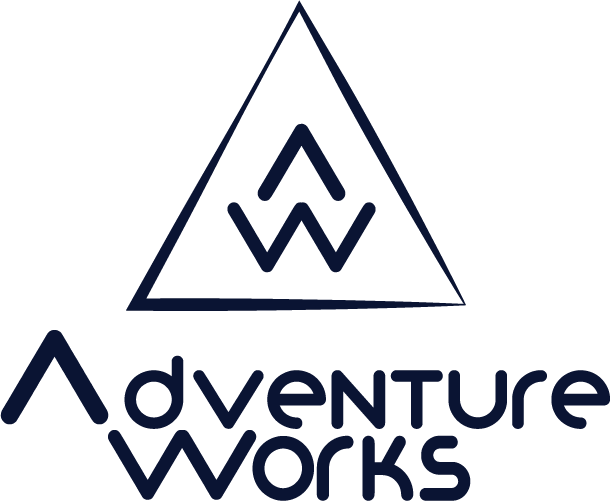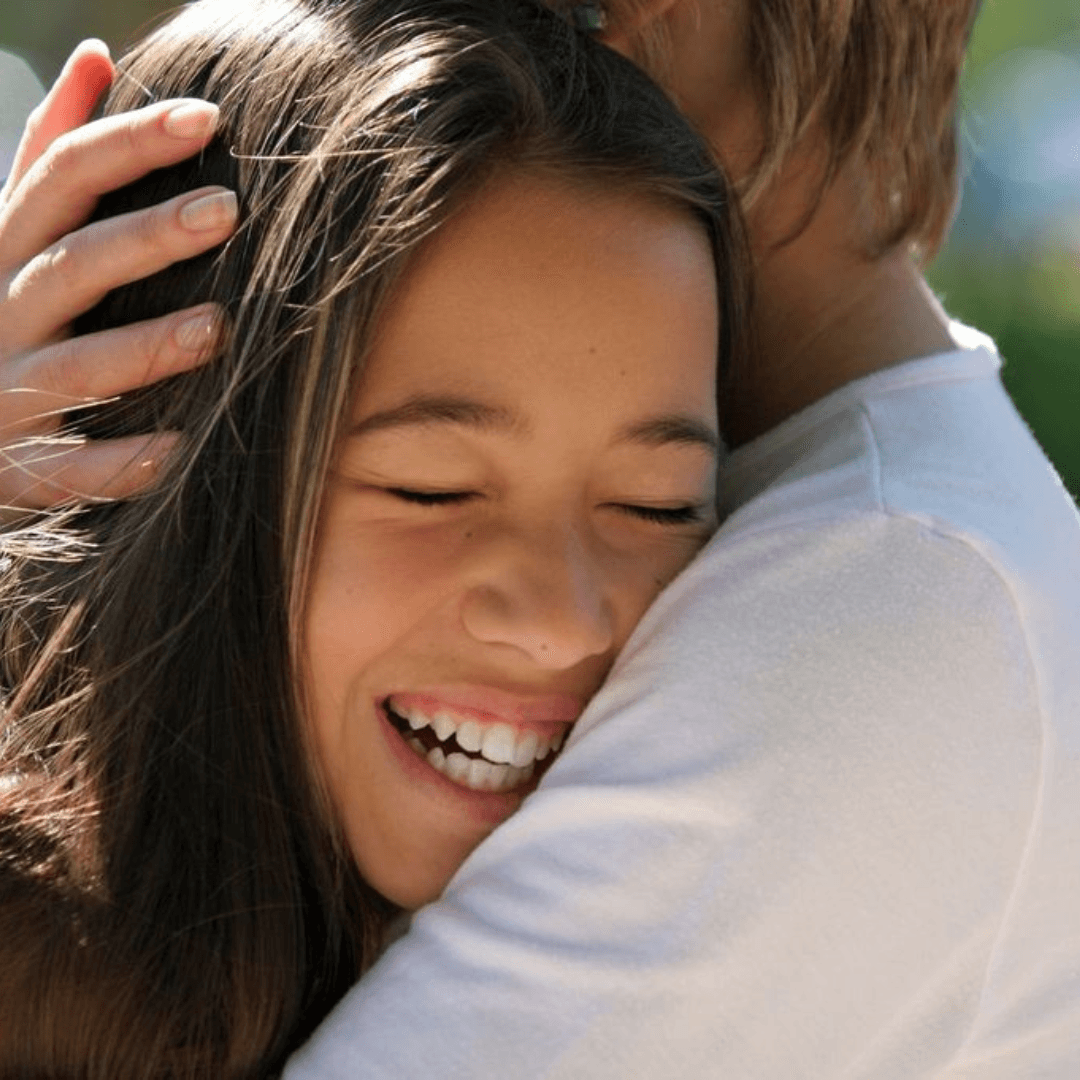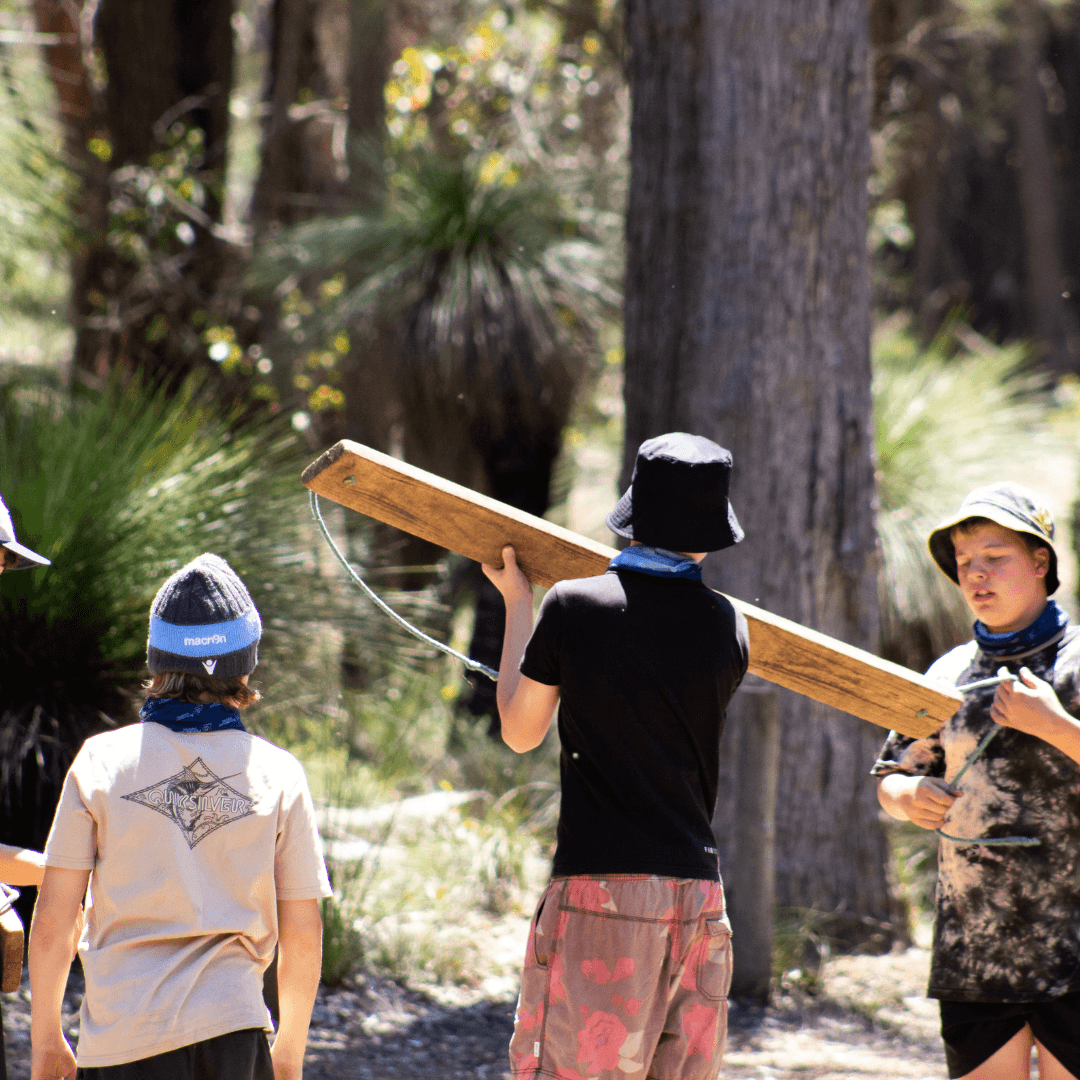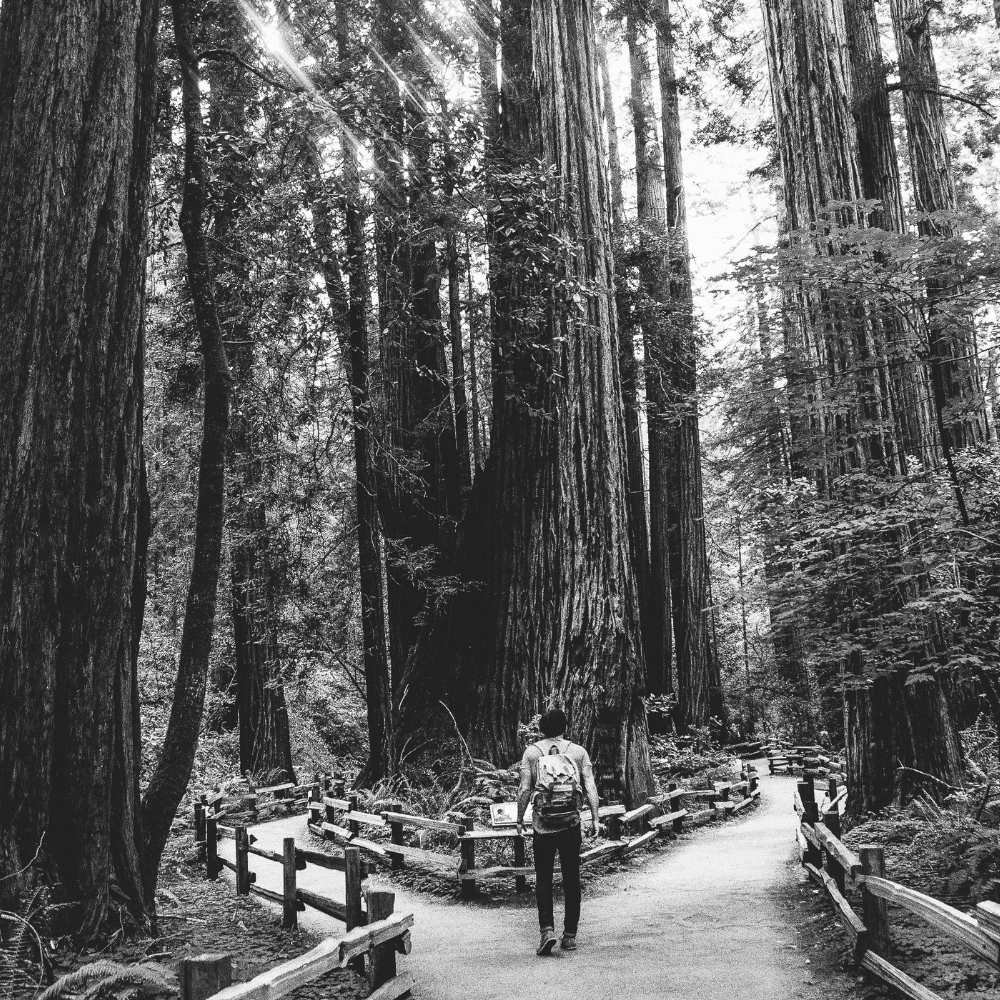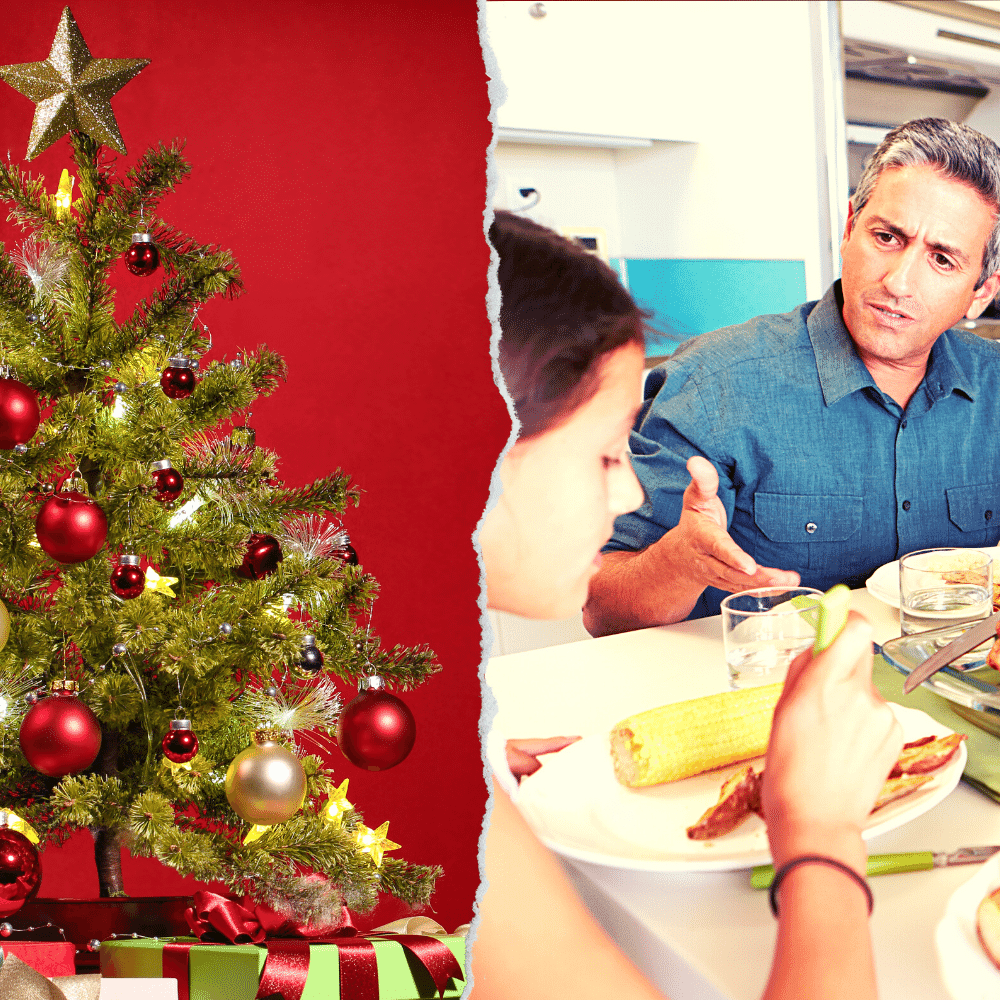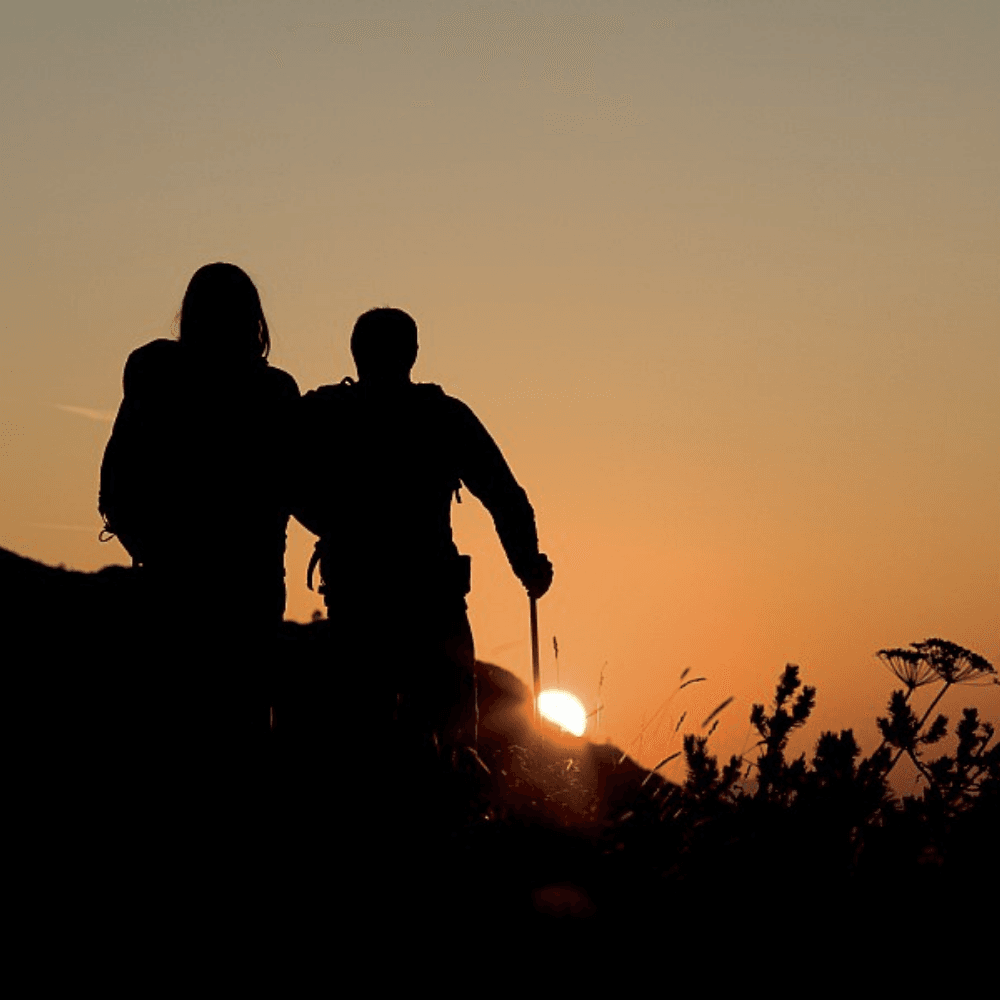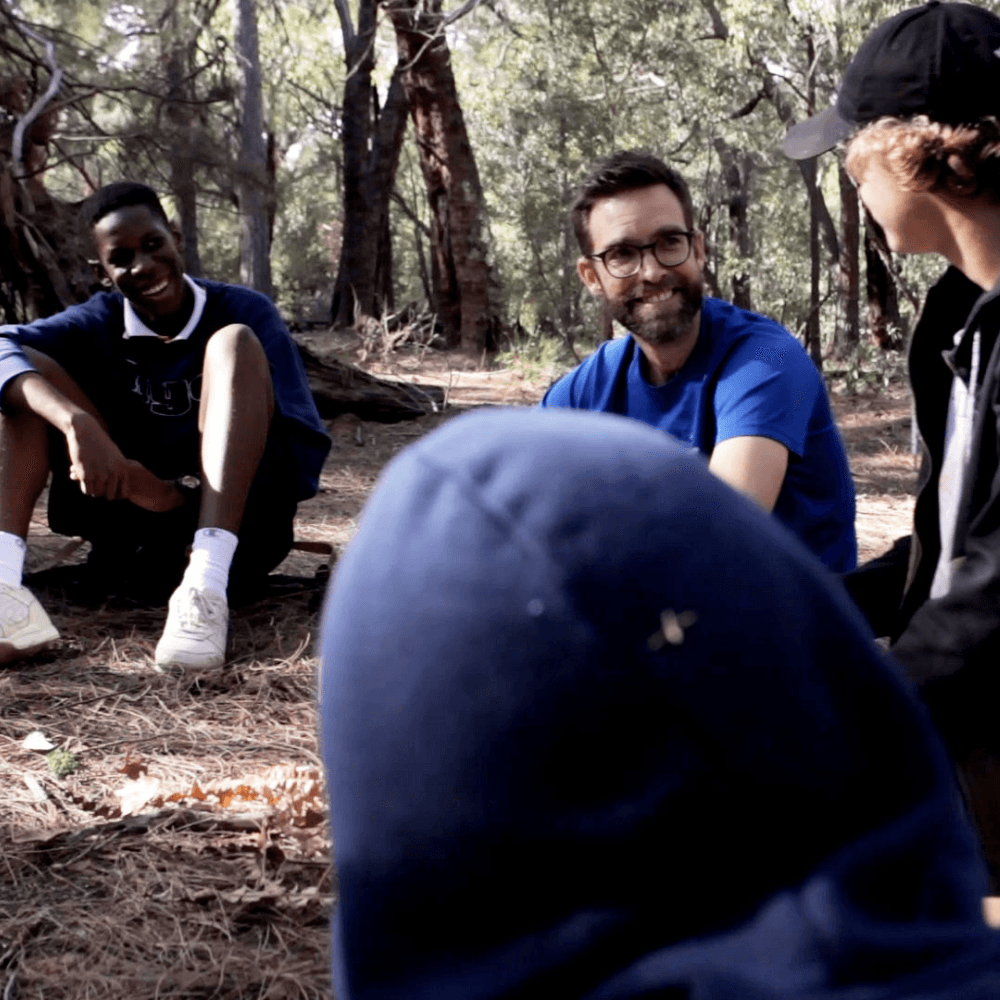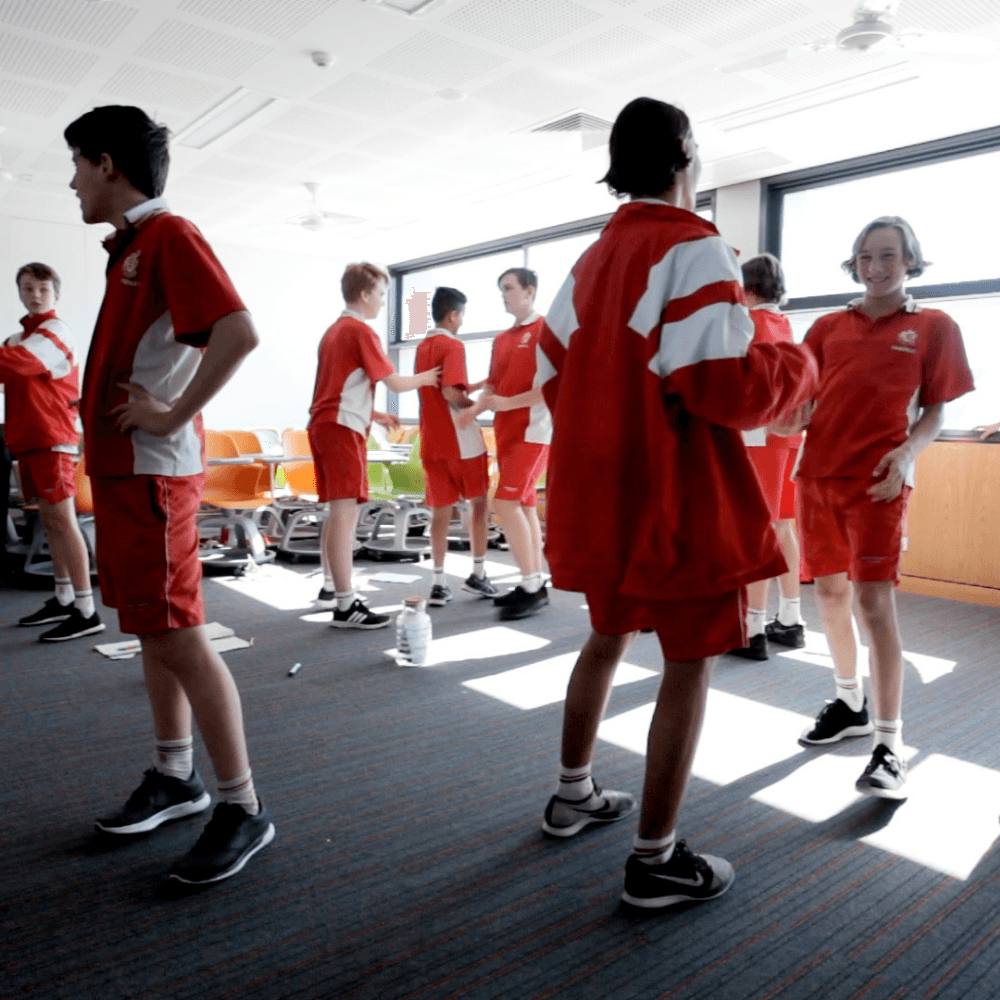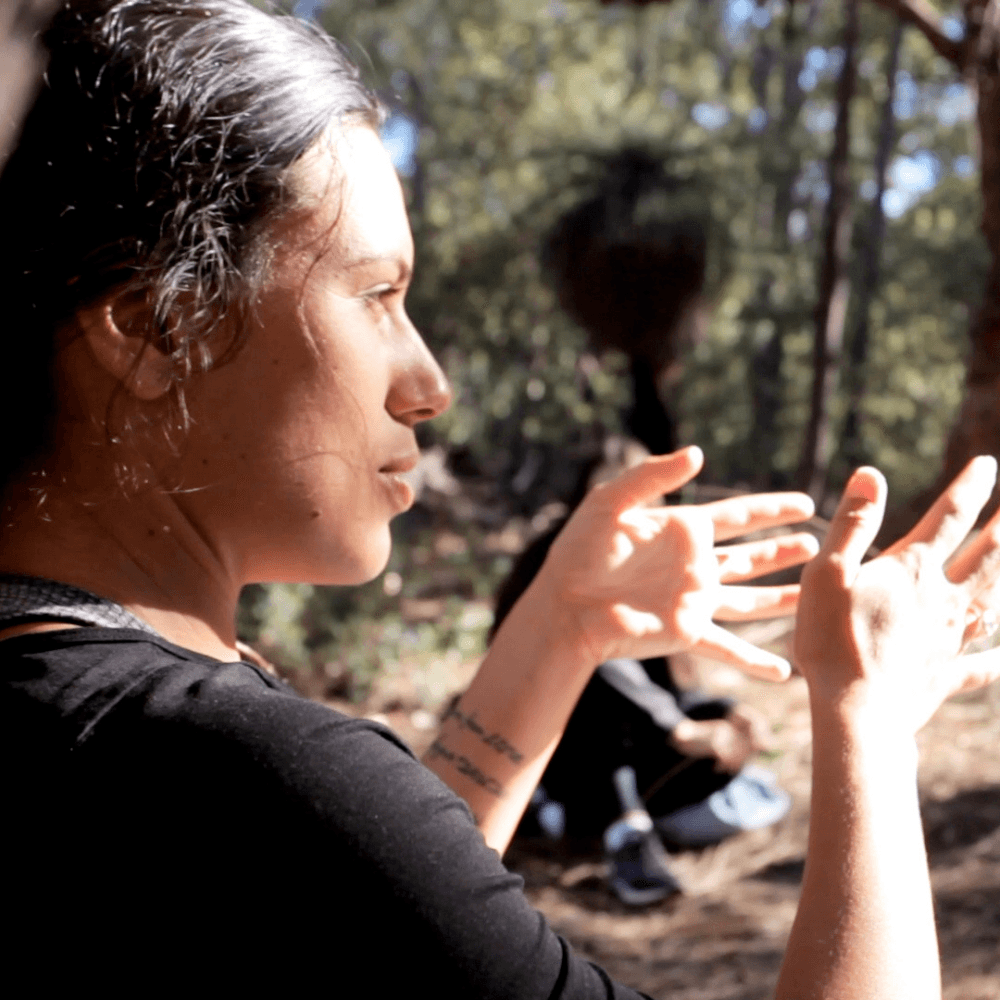What Does Adulthood Really Mean?
AdventureWorks WA2025-06-19T14:15:41+08:00Adulthood doesn’t happen at 18—it happens through experience. There’s no switch that flips when a young person turns 18, no secret key handed over at graduation. And yet, society often treats adulthood as if it arrives in a single moment—a milestone marked by age or academic achievement.

